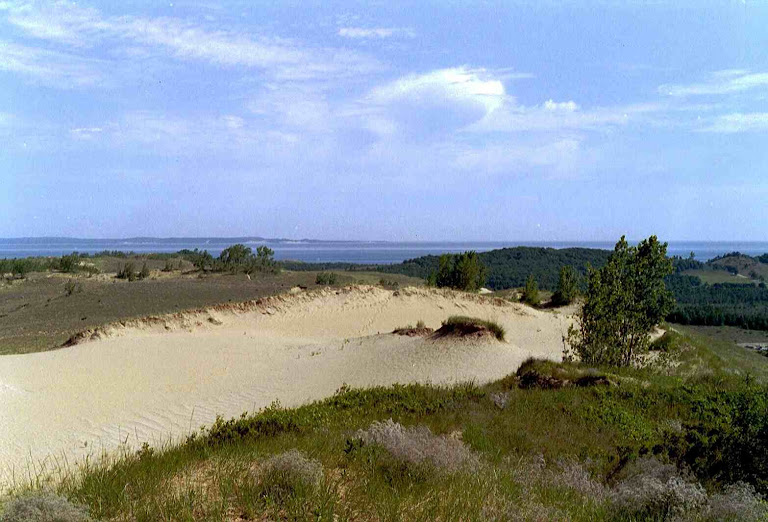Sligo today is the home of the Yeats summer school. When W.B. Yeats (1865-1939) was a boy and young man it was a family place, associated with different relatives, and surrounded with exceptional landscapes. His family left Sligo for London before he was ten years old, but he returned there for vacations and it left a considerable influence on his poetry.
The poem "The Second Coming" was first published in 1919, several years after the Easter Uprising in Dublin (see his "Easter 1916"), and in the wake of the carnage of the First World War. It seems to describe a modernist apocalypse
The Second Coming
Turning and turning in the widening gyre
The falcon cannot hear the falconer;
Things fall apart; the centre cannot hold;
Mere anarchy is loosed upon the world,
The blood-dimmed tide is loosed, and everywhere
The ceremony of innocence is drowned;
The best lack all conviction, while the worst
Are full of passionate intensity.
Surely some revelation is at hand;
Surely the Second Coming is at hand.
The Second Coming! Hardly are those words out
When a vast image out of Spiritus Mundi
Troubles my sight: somewhere in sands of the desert
A shape with lion body and the head of a man,
A gaze blank and pitiless as the sun,
Is moving its slow thighs, while all about it
Reel shadows of the indignant desert birds.
The darkness drops again; but now I know
That twenty centuries of stony sleep
Were vexed to nightmare by a rocking cradle,
And what rough beast, its hour come round at last,
Slouches towards Bethlehem to be born?
This poem of twenty-two lines could hardly be more famous than it is today. A century after its first publication, many phrases from the poem have entered common parlance. Some versions of the poem have a line break before the last five lines of the poem.
Links
Ted Hughes recites the poem here:
Hear another reading of the poem here:
Nick Tabor describes how this poem has been quoted throughout the twentieth century in "No Slouch" Paris Review (April 7, 2015). And here's one example of what he's talking about:
A short 25 minute length lecture on the poem by an anonymous professor at Saint Ignatius College (the lecture is good, I wish the professor could receive some credit for it) :
Roy Foster speaks about the second volume of his biography of Yeats, in an hour or so (April 2014).
Ronan McDonald, from the University of New South Wales, lecturing on Yeats, Ireland, and the Modern World in 2011, at the ANU Centre for European Studies. A good introduction to Yeats and Irish poetry in 45 minutes.
Poem of the Week http://www.potw.org/archive/potw351.html







